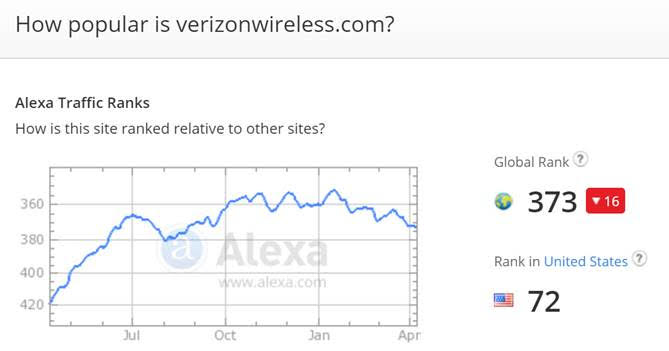LEGO, TWI and University of Regensburg explore the impact of Industry 4.0
Closed loop manufacturing systems in which connected sensors are used to make adjustments mid-process could cut production costs by up to 50%. That was one of the key takeaways from a panel discussion on “Industry 4.0” at the TM Forum Live! event in Nice, France, last week.
“Injection moulding has long been a mechanical process dominated by mechanical adjustments,” noted Jesper Toubøl, VP elements and moulds at the LEGO Group. “Now the technology is becoming available to enable adjustments through sensors, we start to see much more closed loop, in which the machines use sensors to adjust themselves.”
A connected machine, equipped with an array of sensors, could automatically make adjustments mid-process, rather than waiting until the product is complete. The result should be far less down time and waste. Although Toubøl cautioned that the digitization of factories is taking place through a series of “small steps”, he estimated the resulting cost savings could reach 50%.
Other panelists agreed that so-called closed loop manufacturing cells could achieve substantial cost savings. “We have companies in Germany that are using the same process to see cost reductions of 30% to 40% by simply connecting machines together,” added Professor Dr. Michael Dowling, chair innovation and technology management, Faculty of Business, Economics, Information Systems & Real Estate, University of Regensburg.
Connected sensors can be employed to anticipate when a machine might develop a fault or need to be adjusted. “Using a model based on information from sensors, you can predict, you can do self-healing, so you reduce the amount of down-time and keep the machine fully utilized,” noted Darren Williams, Welding Systems Lead, at TWI, a UK-based research and technology organization focused on materials joining and engineering processes.
Self-organization across the supply chain
Williams also described how the growing digitization of factories will enable connected machines to self-organize, enabling them to reconfigure a process, and change which machine performs which task, far faster than in the past. “The vision for us with smart manufacturing would be to have self-determining systems, which can organize their own production and optimize the best cells. So, if you have 10 robot cells and one may be down for a fault, you can automatically reallocate resources.”
In time, smart systems, smart products and smart materials could communicate with each other to optimize the entire supply chain and take “just in time manufacturing” to a whole new level, Williams added. “You start with sensors and then you build a model. You facilitate the connectivity, analyze the data, look for trends in that data and then you start to have your connected shopfloor and then a connected factory and then connected factories.”
Building on that theme, Toubøl of LEGO outlined how Industry 4.0 facilities will automatically compensate for the inevitable variations in materials that are a feature of manufacturing, ensuring that the end product is always consistent.
Combining mechanical and digital skillsets
How will Industry 4.0 change manufacturing jobs? The panel discussed the need to engage with people working in factories to encourage them to embrace digitization rather than seeing it as a threat to their employment. Many factory workers will need to re-train to acquire the right skillsets. “We are a limit of the precision we can achieve with mechanical engineering,” noted Jesper Toubøl. “We need to take that mechanical knowledge and combine it with digital skills to get a new way of thinking. A Swiss watch will be improved in the future by adding software to the Swiss watch.”
Manufacturers will increasingly need programmers, mathematicians, statisticians, data analysts and people with good eye-to-hand coordination, Williams contended. Students need to learn that the factories of the future aren’t dirty places, but highly sophisticated facilities, he added. Even in countries with a strong manufacturing sector, such as Germany, existing education systems may need an overhaul. “In Bavaria, there are more teachers of Ancient Greek, than there are teachers of programming,” said Michael Dowling. “Until that turns around, then we are going to have a problem to fill roles.”
What impact will 5G have?
The panel also cautioned that the manufacturing sector may be slow to adopt new connectivity technologies, such as 5G. “It is difficult to get new technologies on to the shopfloor,” noted Williams. “Things like 5G could well help the business, but getting it through the validation stage, getting it through the security challenges…it won’t happen immediately.”
Michael Dowling agreed that security worries tend to hold back adoption of public cellular networks in the manufacturing environment. “You don’t want your factory systems hacked and going down, and there are examples of that already,” he said. However, Dowling does see demand for better connectivity, particularly outside of cities. “In Germany, the real backbone of German industry is small and medium sized companies,” he noted. “A lot of these companies are located in smaller towns outside the major metropolitan areas and they don’t have LTE or 4G now. If we do get 5G, it could have some big impacts.”

